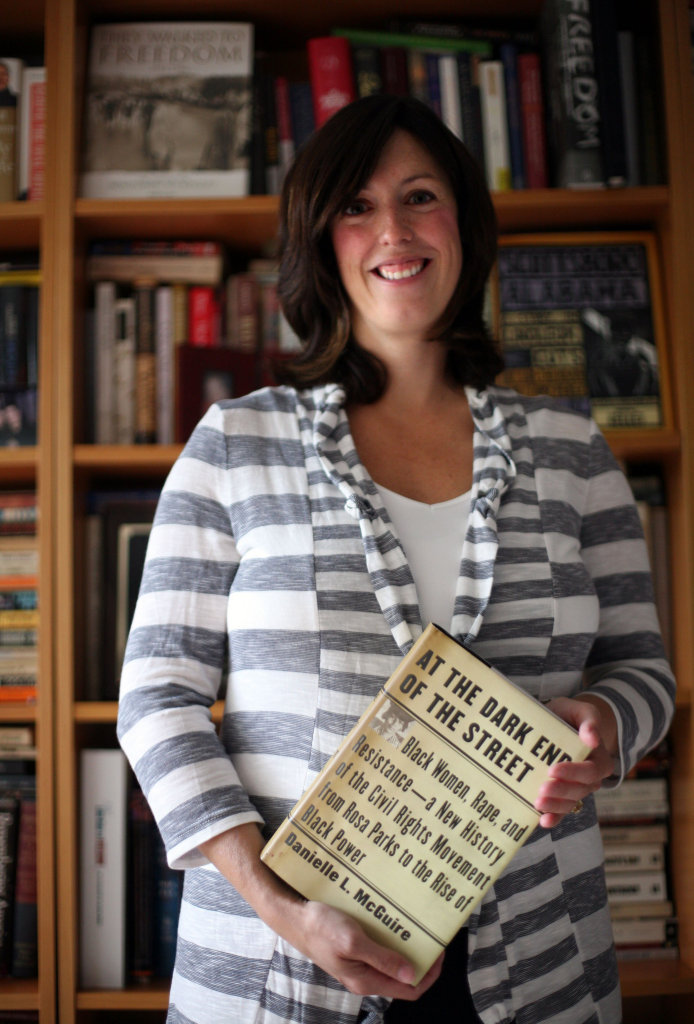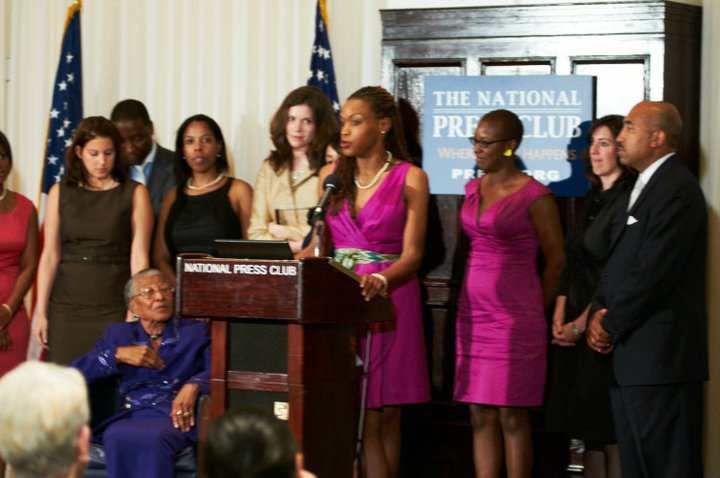
McGuire, an assistant professor of history at Wayne State University, argues that armed self-defense was also far more common for black women in the South than has generally been acknowledged. Guns kept people like King alive.ĭanielle L.

According to Cobb, civil-rights leaders recognized that armed resistance was sometimes necessary to preserve their peaceful mission.

Cobb, a former field secretary for the Student Nonviolent Coordinating Committee and a visiting professor of Africana Studies at Brown University, explores what he sees as one of the movement’s forgotten contradictions: Guns made it possible. In his new book, This Nonviolent Stuff’ll Get You Killed: How Guns Made the Civil Rights Movement Possible, Charles E.

He snapped up again when nonviolent activist Bayard Rustin yelled, “Bill, wait, wait! Couple of guns on that chair!” Worthy looked behind him and saw two loaded pistols nestled on the cushion. On his first visit to Martin Luther King Jr.’s house in Montgomery, Alabama, the journalist William Worthy began to sink into an armchair.


 0 kommentar(er)
0 kommentar(er)
